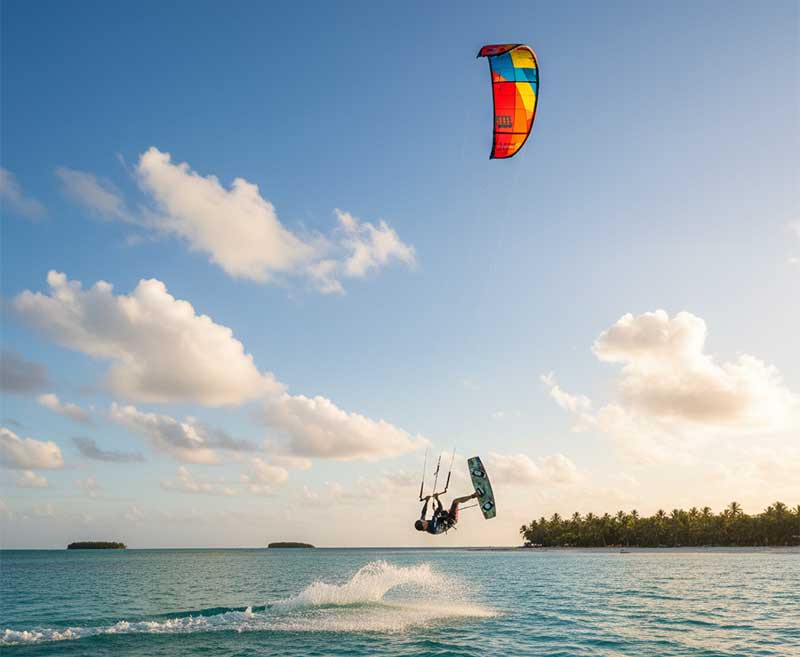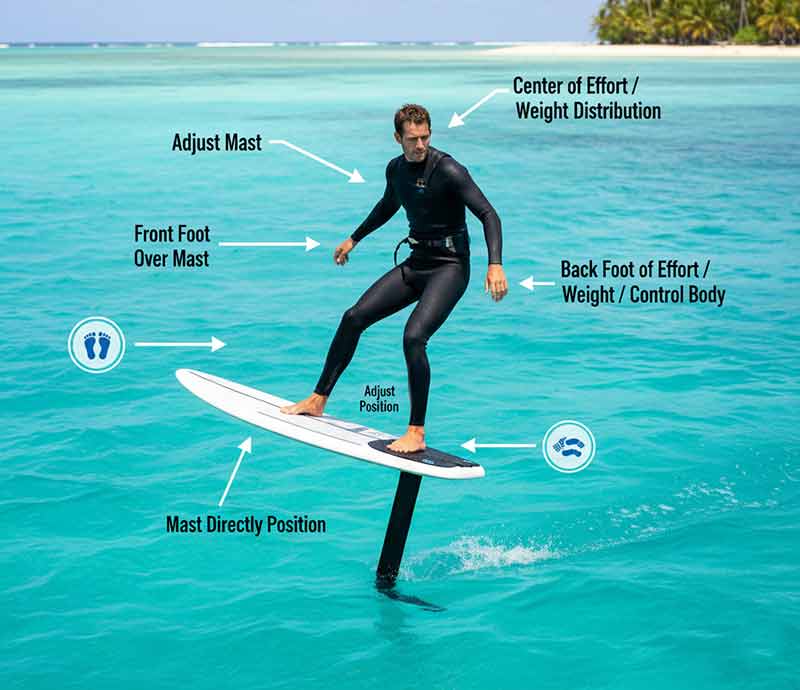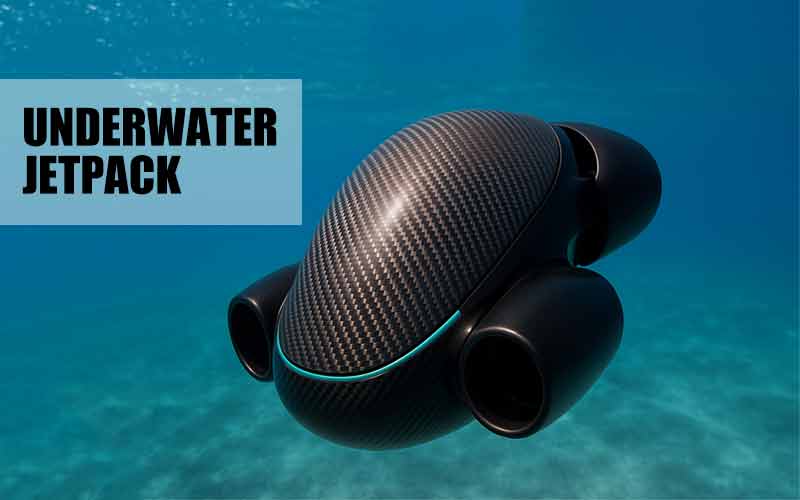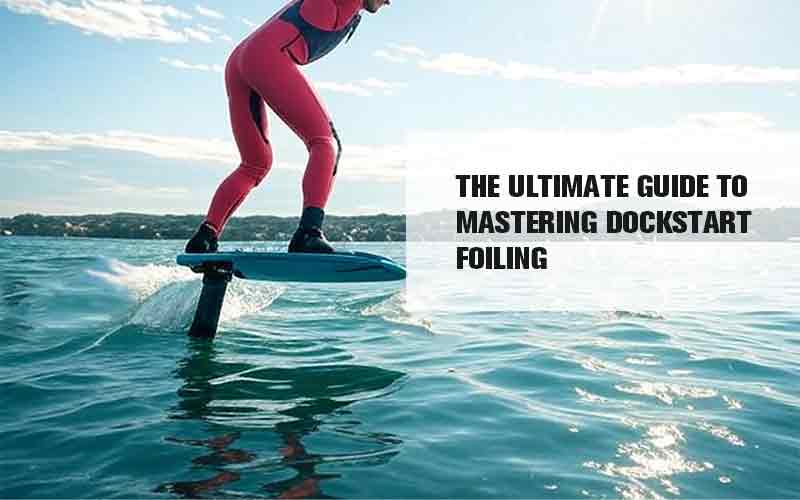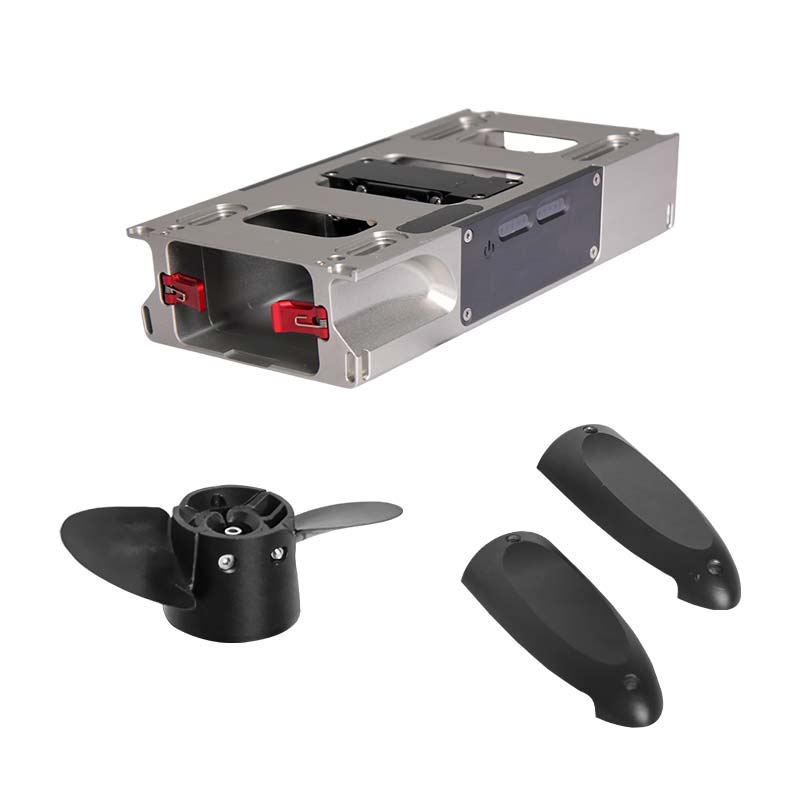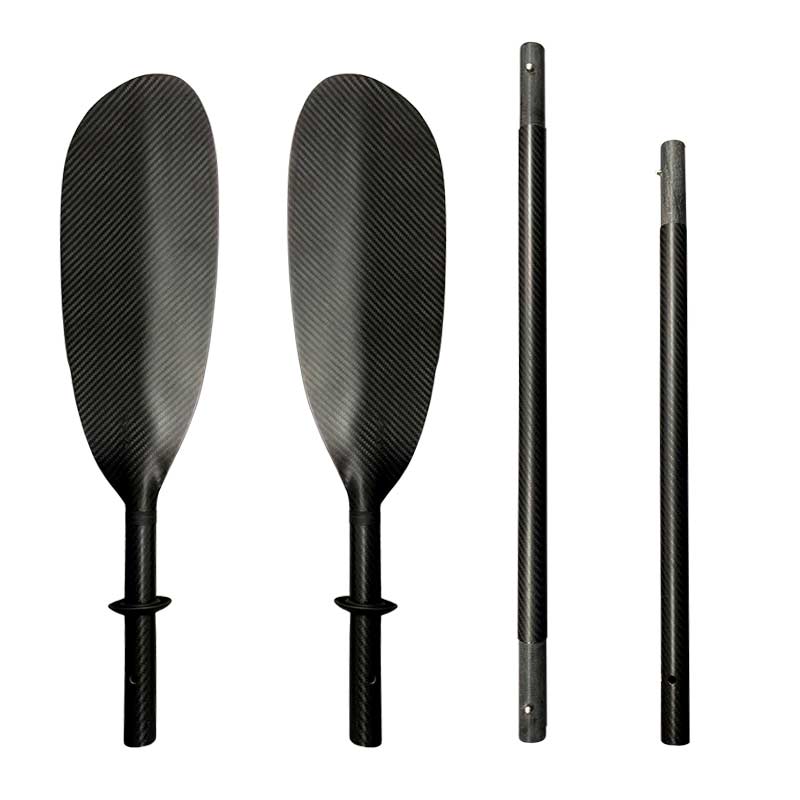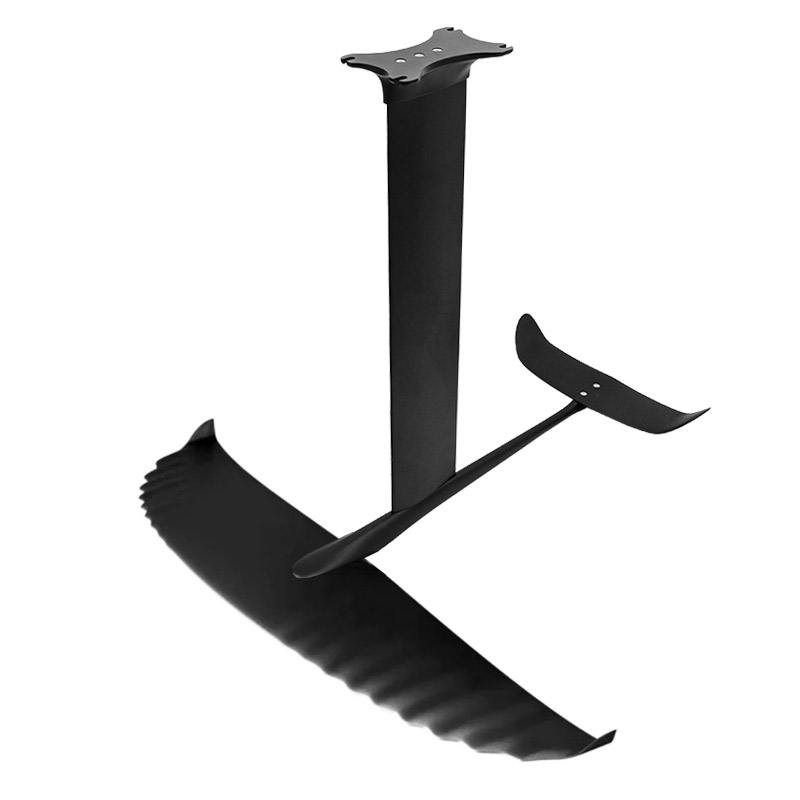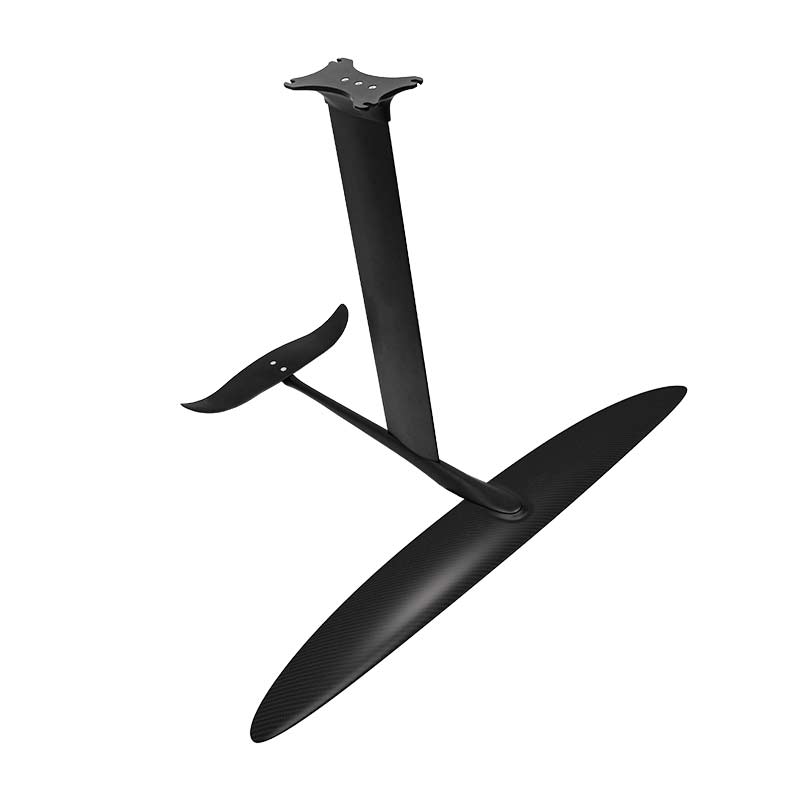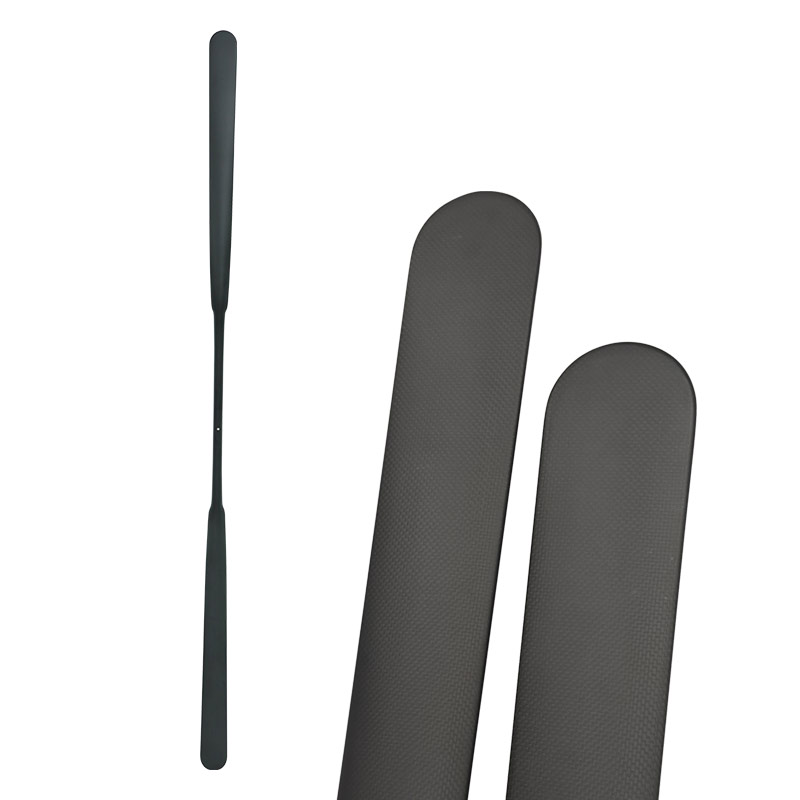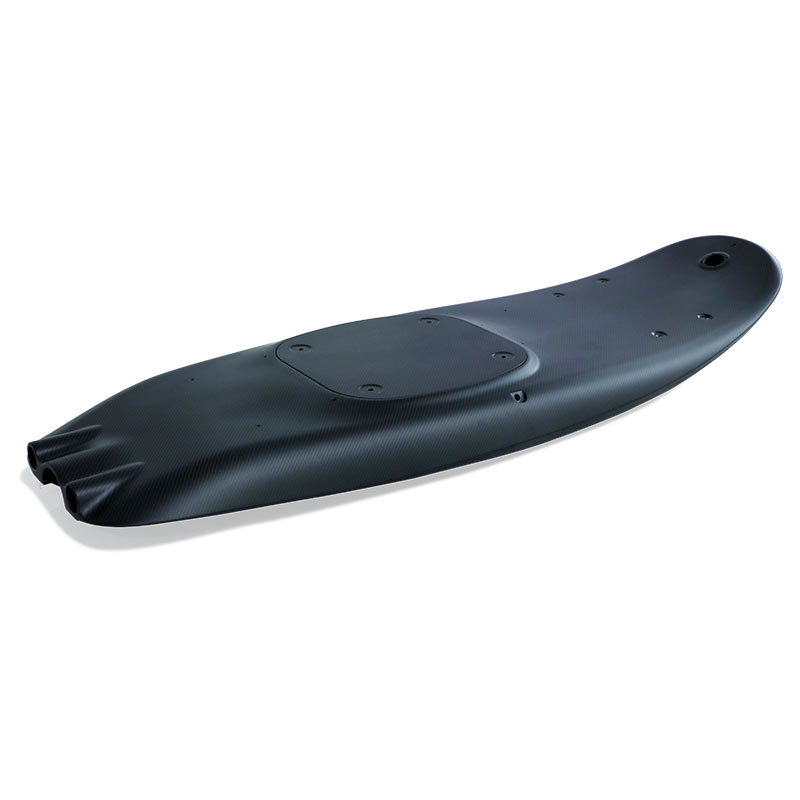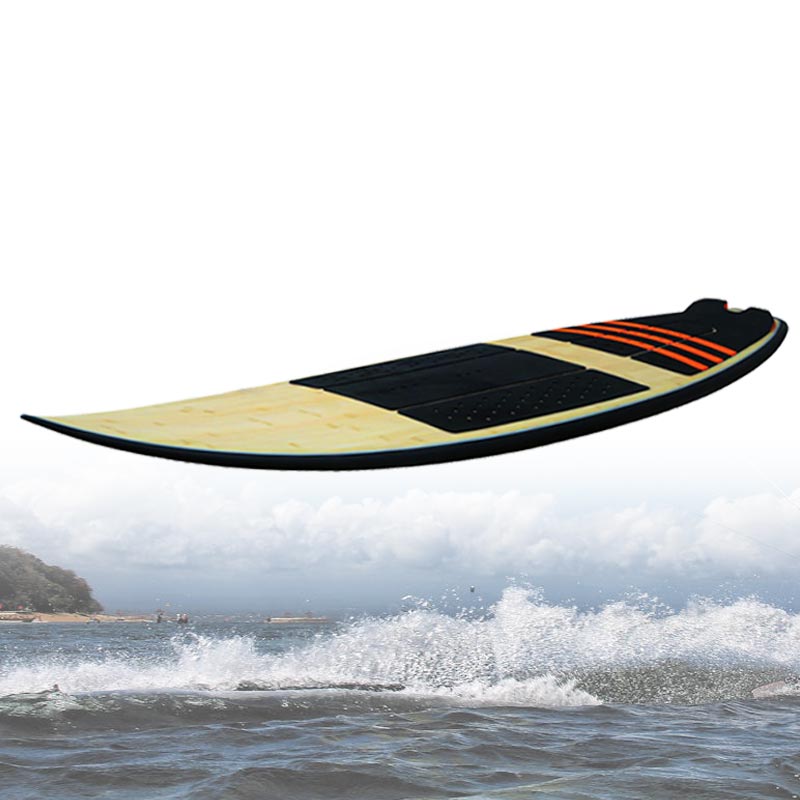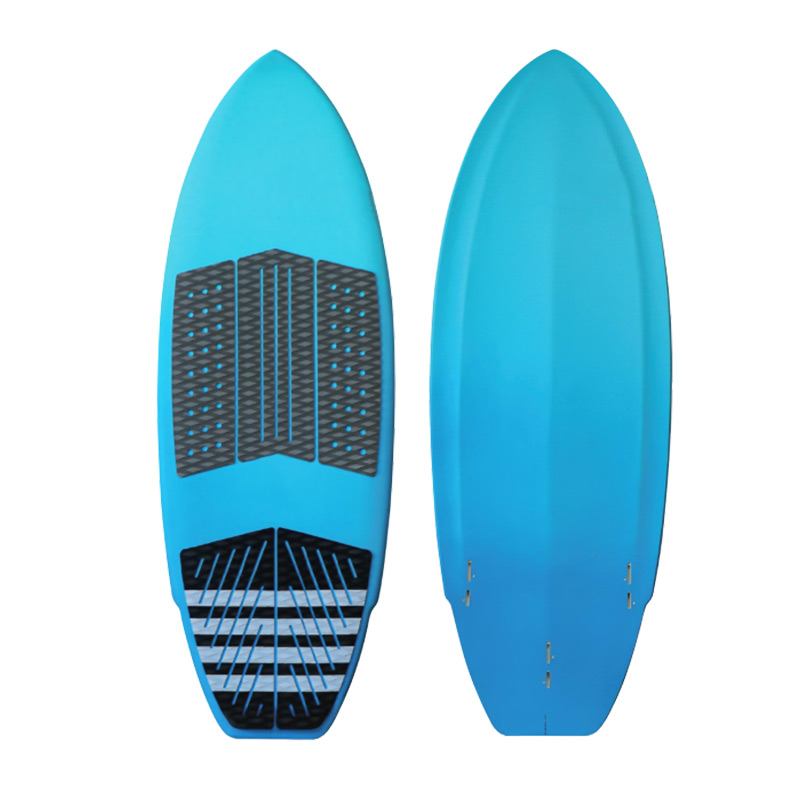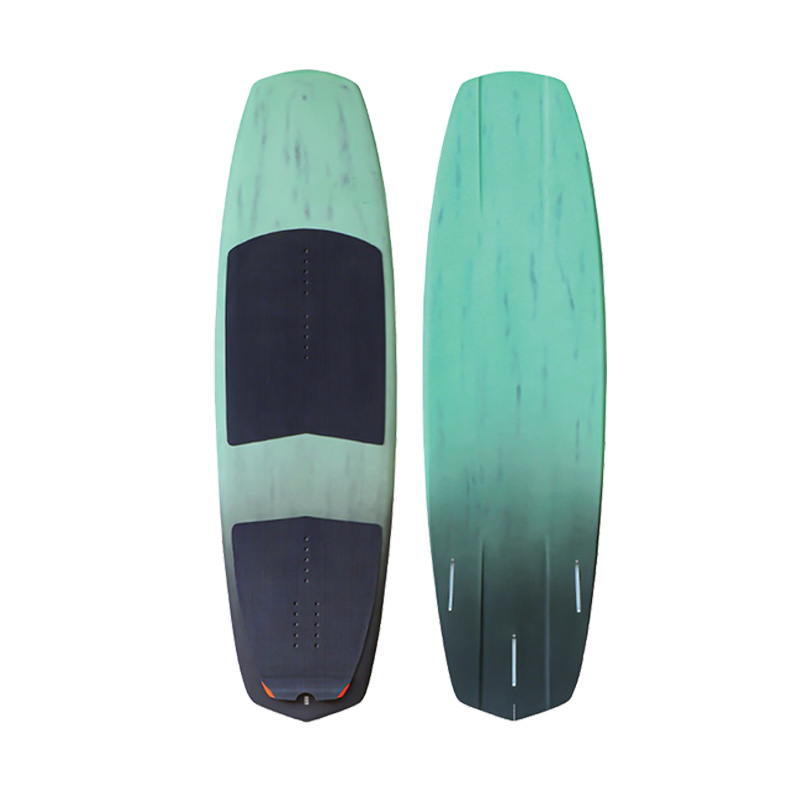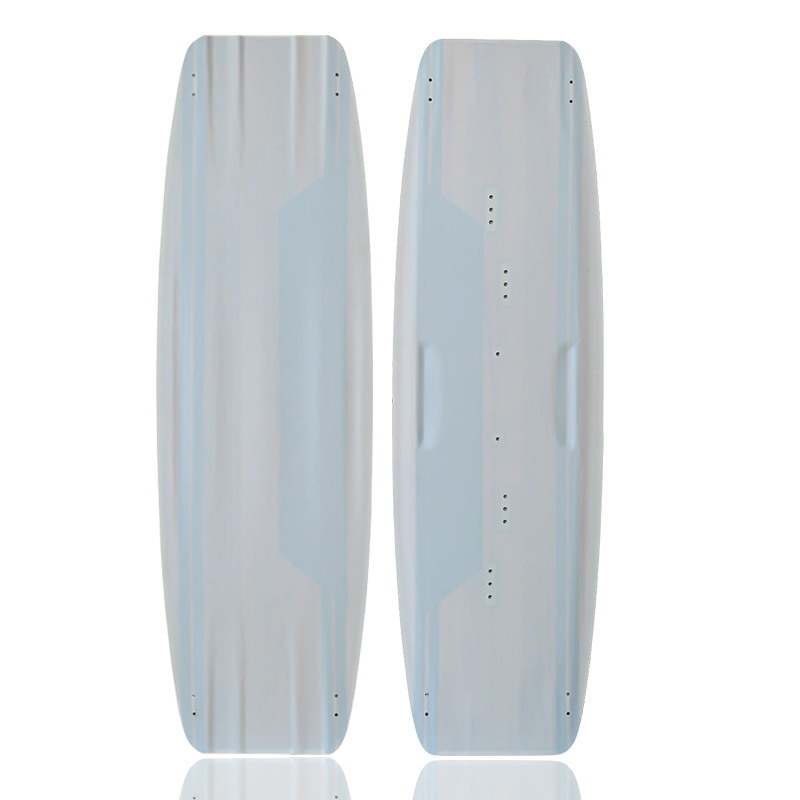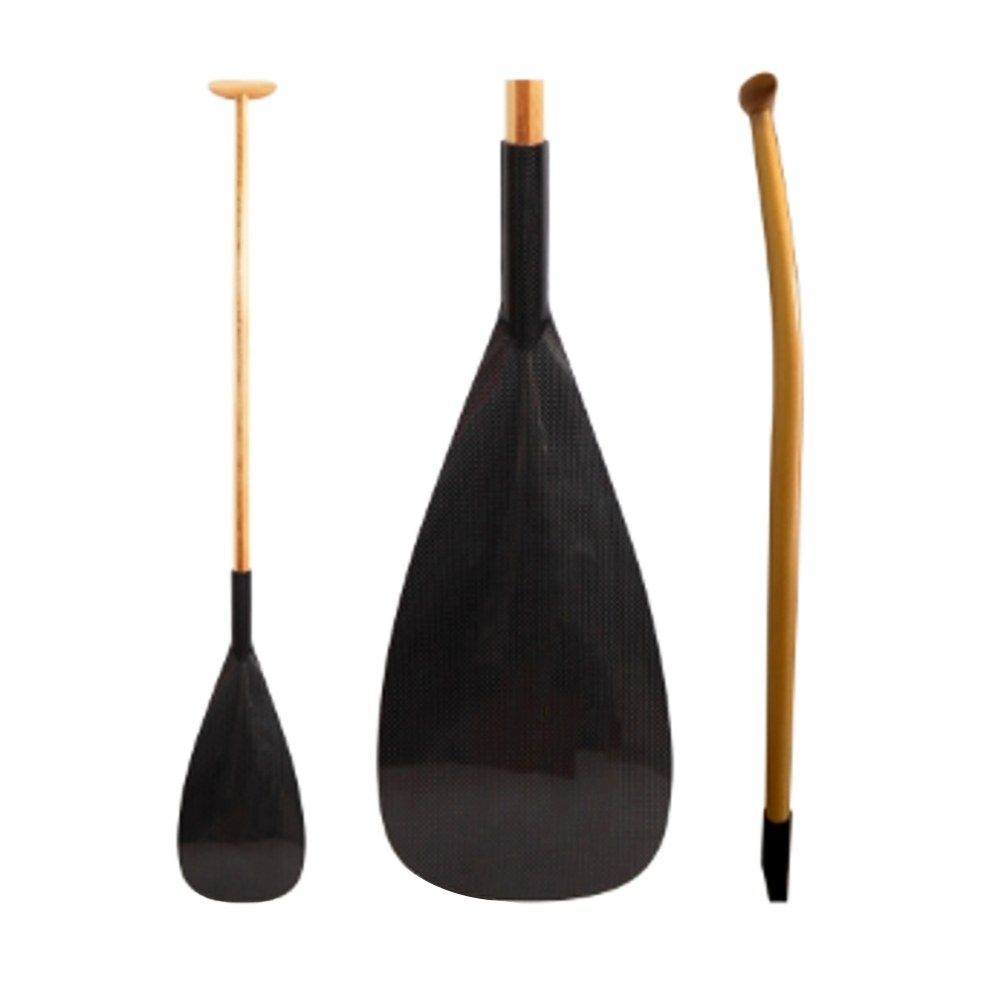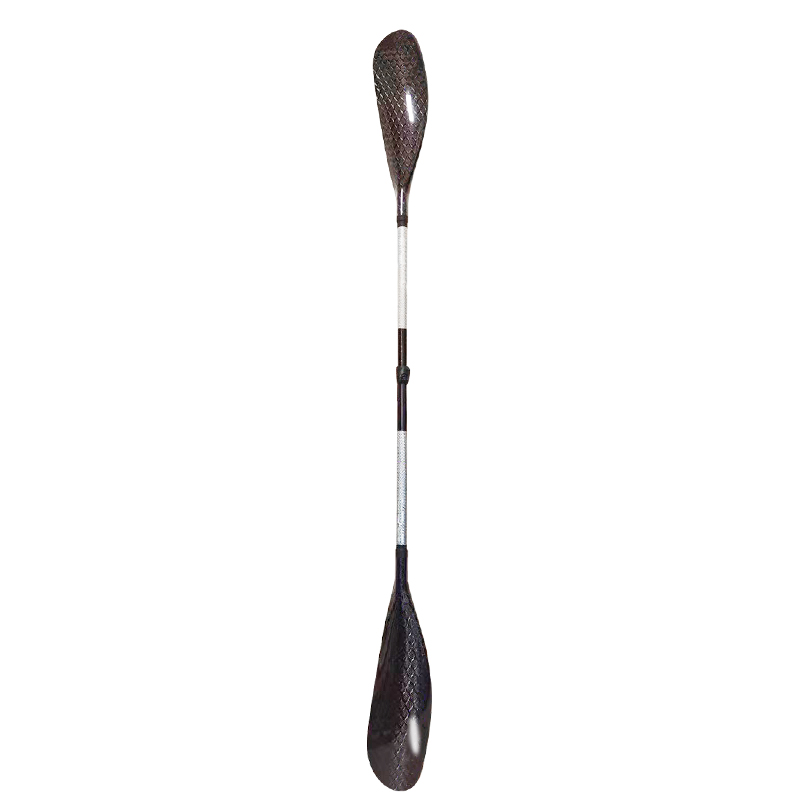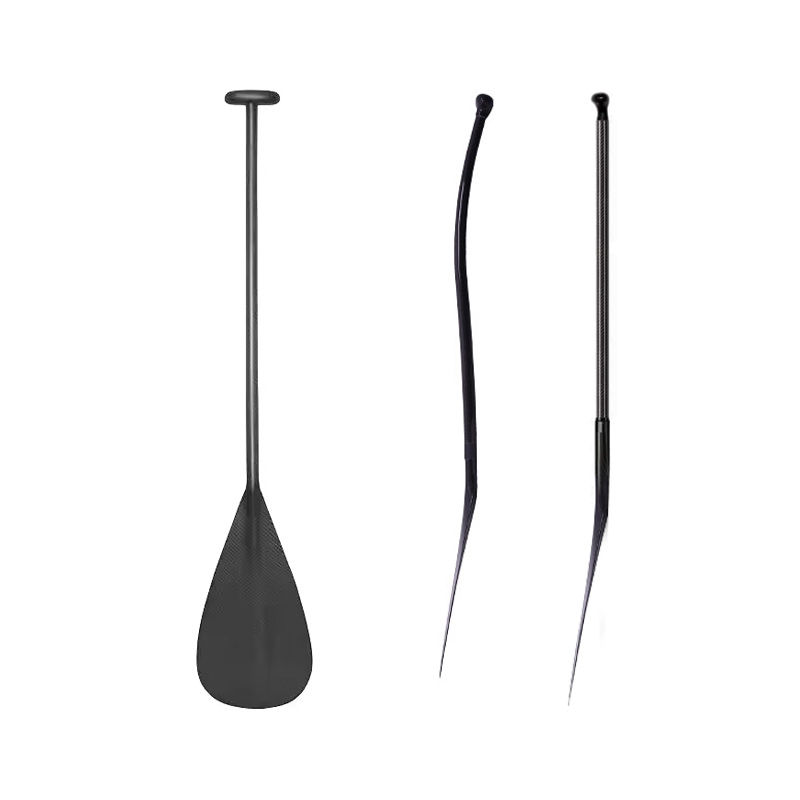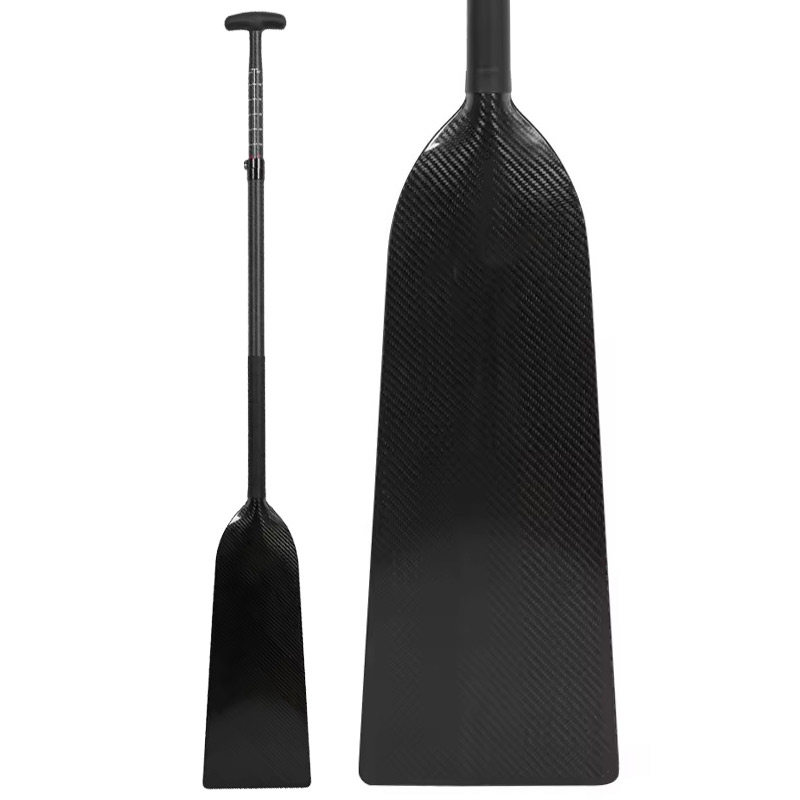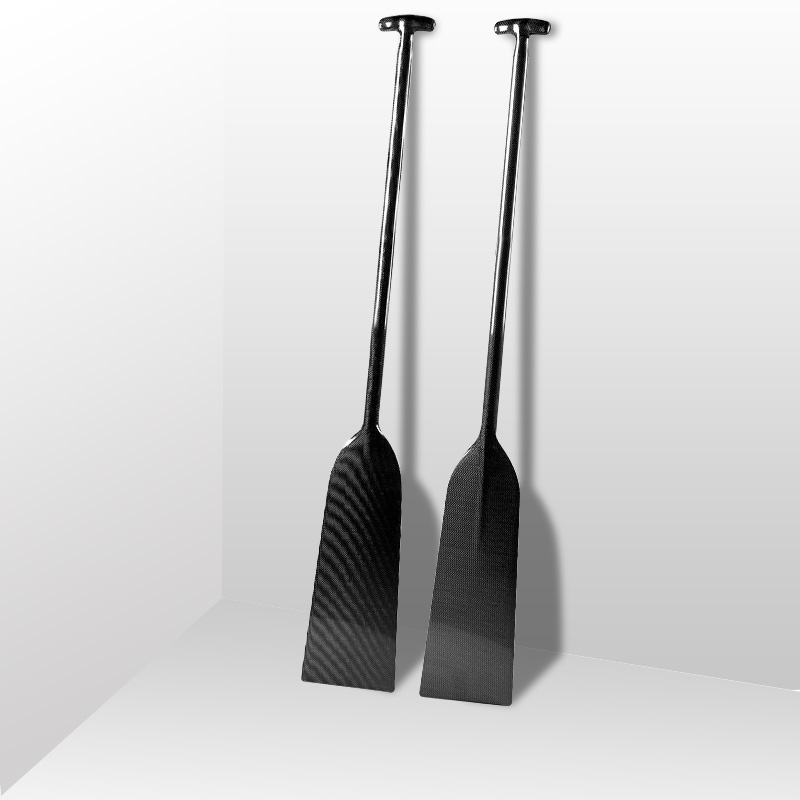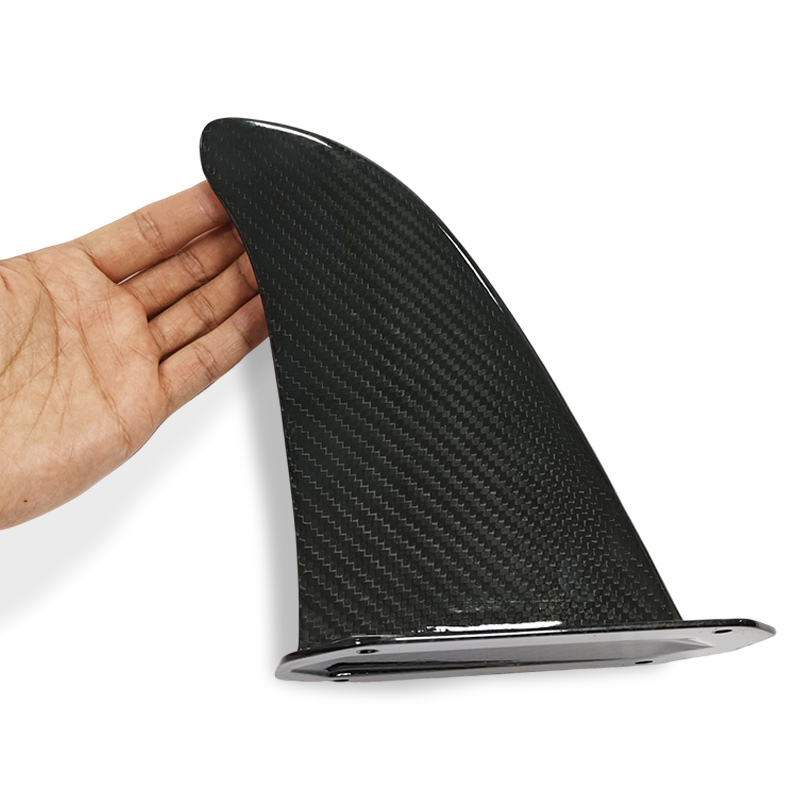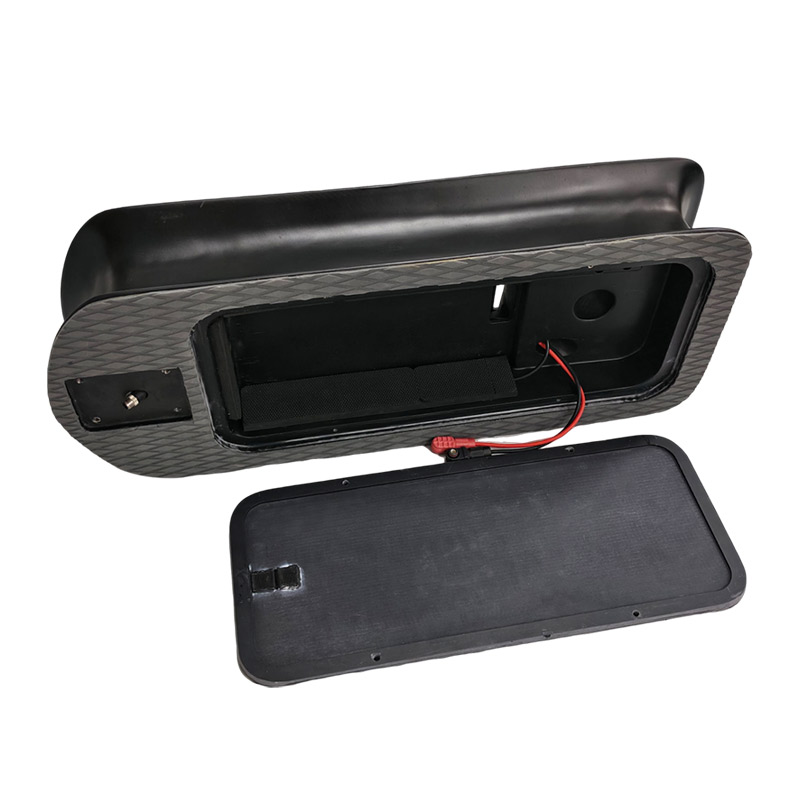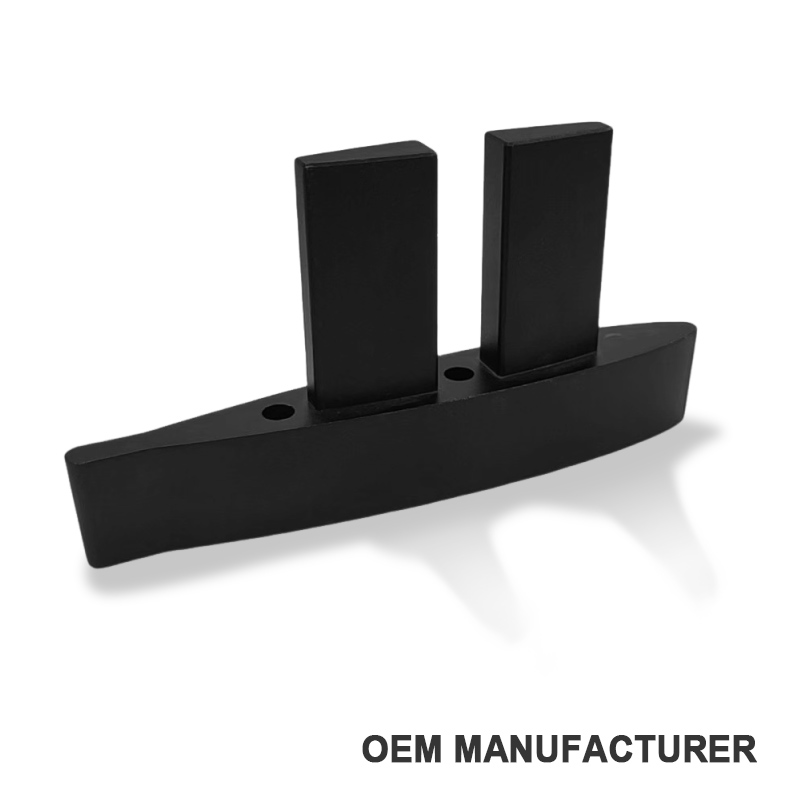Kitesurfing and kite foiling are thrilling water sports that have gained immense popularity in recent years. Both sports rely on wind to power the kite, which propels the rider across the water. However, understanding the wind conditions required for each activity is essential for safety, performance, and overall enjoyment.
While traditional kitesurfing relies on steady winds to keep the kite in the air and the rider moving, kite foiling introduces a new dimension with the use of a hydrofoil. This allows the rider to lift above the water at much lower speeds and in lighter winds, opening up new possibilities for riding in conditions that would be too light for conventional kitesurfing.
In this article, we will explore how much wind is needed to kite surf and kite foil, breaking down the minimum wind speeds for both activities. We will also discuss factors such as kite size, rider skill level, and equipment choice, which all play a crucial role in determining your wind requirements.
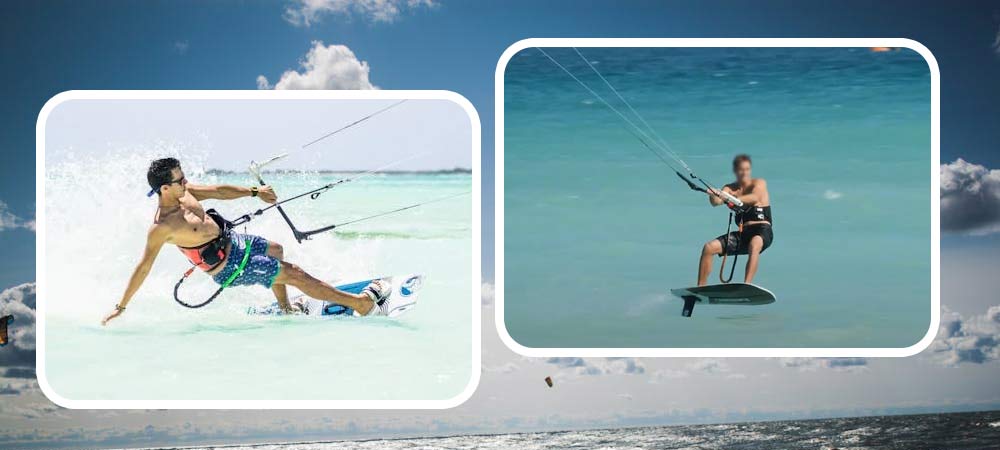
Section 1: Understanding Wind Conditions in Kitesurfing and Kite Foiling
What is Wind Speed?
Wind speed is commonly measured in knots (nautical miles per hour), but understanding the differences between true wind and apparent wind is key to kitesurfing and kite foiling performance.
- True Wind: The actual wind speed measured by a stationary observer.
- Apparent Wind: The wind experienced by a rider in motion, which combines both the true wind and the wind created by the rider’s movement. When you’re kite surfing or kite foiling, apparent wind plays a huge role in how you perceive the wind and how much pull you feel from the kite.
As you ride, your speed creates apparent wind, which can make the conditions feel much windier than they actually are. This is why it’s possible to foil in winds as light as 6 knots, while traditional kitesurfing might require stronger winds.
How Wind Affects Your Ride
Wind is the most important factor influencing both kite surfing and kite foiling. The right wind allows the kite to generate enough power to keep you moving, while the wrong wind can make it difficult to control your kite, maintain speed, or even keep the kite in the air.
For kitesurfing, a steady wind is essential for maintaining control, and the kite must be large enough to produce enough power for the rider to stay on the board. In kite foiling, the goal is to get up on the foil, which requires much less power from the kite. Foiling relies on the efficiency of the foil wing, which reduces drag and makes it possible to foil in much lighter winds.
Wind quality—such as gustiness, air temperature, and humidity—also plays a significant role in determining the wind strength you’ll need. Winds that are gusty or inconsistent can make kiteboarding more challenging, as the kite may stall or drop unexpectedly. Moreover, the density of the air can affect how much lift the kite generates.
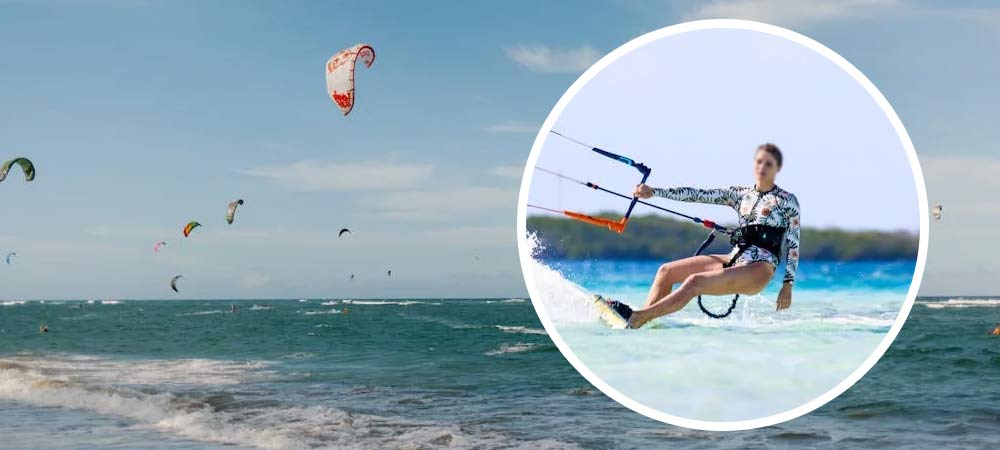
Section 2: Minimum Wind Requirements for Kitesurfing
For Beginner Kitesurfers
For beginner kite surfers, the minimum wind speed required to safely fly a kite and ride across the water is generally between 12-14 knots. At this wind speed, the kite has enough power to lift off the water, and the rider can comfortably control the kite while learning the basics.
- Kite Size: Beginners should opt for a larger kite to generate more power at lower wind speeds. Kites in the range of 12-14 meters are often recommended.
- Board Size: A larger, more stable board is ideal for beginners, as it makes getting up and staying on the water easier. A twin-tip board with a good amount of volume helps beginners feel more stable and balanced.
The key for beginners is to have enough power from the kite to keep the kiteboard moving while learning to control the kite in the air. In winds lower than 12 knots, beginners may struggle to get the kite in the air or keep it stable, making it harder to learn effectively.
For Intermediate and Advanced Kitesurfers
Once you’ve gained more experience, you can kiteboard in lighter winds. Intermediate to advanced kitesurfers typically need wind speeds of 10-12 knots. At this point, riders are more comfortable controlling the kite and managing the power needed for steady, controlled rides. They can also start using smaller kites, which are easier to maneuver and control.
- Kite Size: Advanced riders may use smaller kites (around 9-10 meters) in lighter winds, as they can generate enough lift with less power.
- Board Size: As skill improves, riders may choose smaller kitesurf boards, as they become more adept at controlling their speed and maneuvering the kite.
At this level, kitesurfers are generally more attuned to the wind, and they can handle fluctuations in wind strength more efficiently. However, even experienced riders can encounter challenges when wind speeds drop below 10 knots, as it becomes more difficult to keep the kite aloft and moving.
Wind Quality Considerations
While wind speed is an important factor, the quality of the wind plays a significant role in kite surfing performance. Wind that is inconsistent or gusty can create difficult conditions for kitesurfing. For example, if the wind speed drops suddenly, even a 12-knot breeze can feel too light to keep the kite in the air.
- Gusty Winds: These can cause the kite to suddenly lose power, making it difficult to maintain control. A steady, consistent wind is always preferable.
- Air Density and Temperature: Winds in tropical or humid regions tend to be lighter, and air pressure can be lower at higher altitudes, which can reduce the effectiveness of your kite. As a result, you might need more wind to achieve the same results as you would in lower altitudes or drier conditions.
In marginal wind conditions, it’s crucial to have the right equipment that can handle gusty or variable winds. Inconsistent winds can make kitesurfing more challenging, and it is always safer to wait for a steadier wind or opt for a different type of kite, such as a light-wind specific kite or a foil kite, if available.
Section 3: Minimum Wind Requirements for Kite Foiling
For Beginner Kite Foilers
Kite foiling is a bit different from traditional kitesurfing in that it requires much less power from the kite to get started. The hydrofoil’s unique design reduces drag, allowing riders to lift off the water at much lower speeds. As a result, beginners can start kite foiling in lighter winds compared to standard kitesurfing.
- Minimum Wind Speed: Beginners can typically foil in winds as light as 12-14 knots. However, to successfully get up on the foil and ride smoothly, a bit more wind (around 15 knots) might be preferable, especially when learning to control the kite and foil together.
- Kite Size: Beginner kite foilers should use a 12-14m kite depending on their weight, as larger kites help generate more power in lighter winds.
- Board & Foil Size: Larger, stable boards with more volume are easier to start with, but as skills improve, foilers can move to smaller kite boards and more specialized foils. A larger foil (1200-1500 cm²) provides more lift at slower speeds, which is crucial when you’re just starting.
At the beginner stage, kite foilers will need enough power to lift the foil board out of the water. However, as the foil creates more lift with less drag, the rider can start to feel more comfortable in lighter winds, even with a small kite. Getting the hang of controlling the foil and kite at lower speeds will set you up for success in a variety of wind conditions.
For Intermediate and Advanced Kite Foilers
Once you have mastered the basics of kite foiling, you can foil in even lighter winds. Intermediate to advanced kite foilers can comfortably ride in winds as light as 8-10 knots or even lower with the right setup.
- Minimum Wind Speed: Experienced kite foilers can foil in as little as 6-8 knots, especially with foil kites that are designed to fly in ultra-light winds.
- Kite Size: Riders may use smaller kites, typically in the 7-10m range, as they no longer require as much power to stay up and foiling.
- Board & Foil Size: At this stage, foilers might opt for smaller kite foilboards (around 4’6” to 5’0”) and larger, more efficient foils with areas above 1200 cm² to help catch the light wind and maintain speed.
The main advantage of kite foiling for experienced riders is the ability to use smaller kites and foil at lower speeds. Foil kites (ram-air kites) are the preferred option for ultra-light wind conditions due to their higher aerodynamic efficiency, making it possible to foil in wind speeds as low as 6 knots.
Section 4: How to Choose the Right Equipment for Low Wind Conditions
1. Kite Selection
When it comes to kite foiling in low wind, selecting the right kite is one of the most important factors. The kite should have the ability to generate enough power in light winds, while still being responsive and manageable for safe control.
- Foil Kites: Foil kites (ram-air kites) are generally the best choice for low wind conditions, as they are more efficient at generating lift in lighter winds. Kites like the Flysurfer Soul (rated to fly in winds as low as 6 knots) are designed for maximum aerodynamic efficiency. They are lightweight, have a large surface area, and require less wind to keep them flying.
- Pro Tip: Foil kites are great for ultra-light winds, but they require more skill and understanding of kite dynamics, especially during relaunching and maneuvering.
- LEI Kites: Leading Edge Inflatable kites (LEIs) are the traditional choice for kitesurfing, but in low wind conditions, they tend to need more power to stay in the air compared to foil kites. However, modern light-wind LEIs like the Airush Ultra or Cabrinha Contra have been optimized for lighter winds and can perform well in winds as low as 7-8 knots.
- Pro Tip: Choose an LEI with fewer struts and a lightweight design for better performance in light wind conditions.
2. Kite Size
The size of the kite you choose will depend on your weight, skill level, and the wind conditions you’re aiming to ride in. In general, larger kites are necessary for light wind conditions to generate enough power to get you off the water and onto the foil.
- For Beginners: If you are just starting to foil, opt for larger kites in the 12-14m range. These kites provide more power, helping you get up on the foil and maintain speed in lighter winds.
- For Advanced Riders: As you become more experienced, you can use smaller kites in the 8-10m range, as you’ll need less power to maintain your foil position and control the kite.
3. Hydrofoil Selection
The hydrofoil is the next key piece of equipment to consider. The larger the surface area of the foil, the easier it will be to generate lift and stay up in light wind. Foils with larger wings create more lift at lower speeds, which is crucial when you are trying to foil in wind speeds as low as 6-8 knots.
- Size: A hydrofoil with a surface area between 1200 cm² and 1500 cm² is a great starting point for light wind conditions. These foils have more lift, which helps get you up and riding even in low wind conditions.
- Shape: Low aspect foils are a good choice for beginners because they offer better stability and generate lift at lower speeds. However, they come with a trade-off of having a lower top-speed potential compared to high-aspect foils.
- Pro Tip: As you advance in your skills, you may opt for smaller boards and more specialized foils for greater maneuverability and performance.
4. Board Selection
When it comes to hydrofoil kite boards, size does matter for light wind conditions. In light winds, you need more buoyancy and stability to get up on the foil and keep moving. Larger boards with more volume help in this regard, especially when you’re starting out.
- For Beginners: A larger board with more volume (typically around 40-50 liters) makes it easier to get started, as it provides more flotation for waterstarts. Common sizes for beginner boards range from 4’6” to 5’0”.
- For Advanced Riders: As your skills improve, you may want to use a smaller, more agile board (around 3’8” to 4’0”). These boards are less cumbersome and are better suited for fast turns and carving once you’re comfortable with your foil.
Welcome to contact us to produce the kite foil board and kite foil.
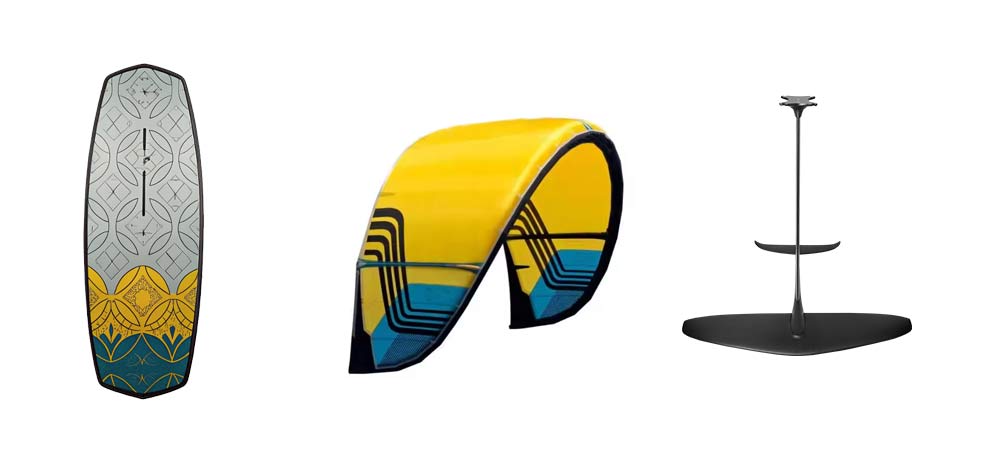
Section 5: How to Maximize Performance in Light Winds
Choosing the Right Kite Size
When foiling in light winds, selecting the right kite size is essential for maximizing performance. A larger kite allows you to generate more power and keep the foil moving, but it also requires careful control to avoid overpowering the kite.
- For Beginners: Larger kites (12-14m) are generally needed in light wind conditions to generate enough lift for a proper waterstart.
- For Intermediate/Advanced Riders: Smaller kites (7-10m) can be used as skills improve. The key is using enough power to maintain speed but not so much that the kite becomes difficult to control or overpowers the rider.
Foil Pumping
Learning to “pump” the foil is a valuable skill in light wind. Pumping involves using your body movements and the kite to generate speed and lift, allowing you to stay on the foil even when the wind is too light for steady power. This technique is crucial when kite foiling in winds under 10 knots.
Staying in the Right Wind Zone
Wind conditions can vary significantly depending on your location, so being able to identify the areas where the wind is most consistent is important. In light wind conditions, look for areas with fewer obstacles and more open water to avoid gusty and shifting wind patterns.
Section 6: Safety Considerations
Managing Low Wind Conditions
When kite foiling in light winds, you must be extra cautious. While foiling allows you to ride in lighter winds, it also brings unique challenges, such as the sudden drop in wind speed that can cause your kite to stall or drop from the sky.
- Monitor Wind Changes: Be aware of gusty or inconsistent winds. Even small lulls in wind speed can lead to the kite stalling, so be prepared to react quickly.
- Relocation: If the wind becomes too light, you might need to relocate to a different area where the wind is stronger or more consistent. In light winds, it’s also harder to relaunch the kite, so always make sure you have enough power to get back on the board if you fall.
Self-Rescue Techniques
Self-rescue techniques become even more important when kite foiling in light winds. If your kite falls or the wind drops unexpectedly, knowing how to safely get your kite back in the air is crucial.
- Foil Kites: Foil kites are generally easier to relaunch in light winds than inflatable kites, but you still need to understand the proper relaunch techniques.
- Kite Size and Relaunch: Larger kites can be more difficult to relaunch in light winds, so ensure that you are comfortable with your kite’s relaunch capabilities.
Hydrofoil Awareness
Hydrofoils can pose an additional safety risk because of their sharp edges and the fact that they can travel at high speeds. Always wear protective gear, including a helmet and impact vest, especially when learning. Additionally, be mindful of your surroundings to avoid colliding with other riders or objects in the water.
Section 7: Foiling Skills for Low Wind Conditions
1. Learning to Pump
When foil kitesurf foiling in light wind, one of the key techniques to master is pumping the foil. Pumping is the ability to use your body movement and kite to generate additional speed, especially when the wind is too light to maintain consistent power from the kite alone.
- How to Pump: To pump effectively, you will need to shift your body weight forward and backward while subtly adjusting the kite. The goal is to use small, controlled movements to create forward momentum and lift the hydrofoil out of the water.
- Why It’s Important: Pumping is essential for maintaining speed in light wind conditions, especially when the kite can’t provide consistent power. It helps you to glide over the water with minimal kite input, making it easier to stay on the foil even in light breezes.
2. Mastering Kite Control
In light winds, kite control is even more important. You need to be able to manage the kite efficiently, generating just enough power to keep you moving but not too much to overpower the foil. This requires precise and smooth control of the kite.
- Tips for Better Control: Focus on making gentle kite movements, avoid sudden pulls on the lines, and keep the kite in the power zone. Keeping the kite higher in the sky (at a steeper angle) can help you build more apparent wind, which is useful for light wind foil kitesurf foiling.

Conclusion
Kite foiling opens up a new realm of possibilities for kitesurfing, particularly in light wind conditions. By understanding how to manage your kite, hydrofoil, and board, you can enjoy the thrill of foiling even when the wind is barely blowing.
Choosing the right kite, foil, and board is crucial to make sure you’re equipped for success. Foil kites are the preferred option for ultra-light winds due to their aerodynamic efficiency, while larger boards and foils offer the lift needed to get up and stay on the foil. Additionally, mastering skills like pumping and kite control will greatly enhance your ability to foil in lighter winds.
With the right setup and a bit of practice, kite foiling allows you to enjoy the sport when others are waiting for the wind to pick up. Remember to always prioritize safety, keep an eye on the wind conditions, and make sure your equipment is suitable for the challenges of light wind. Whether you’re just getting started or you’re an experienced rider looking to maximize your time on the water, understanding the role of wind in kite foiling will help you get the most out of your sessions.


